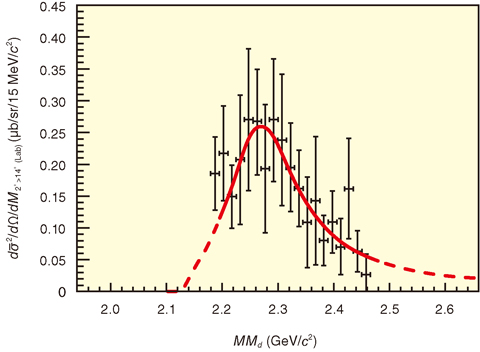
Fig.3-4 The missing-mass spectrum of the “K¯pp”-like structure
We have observed the signal of kaonic nuclei, a new type of nuclei, using the Japan Proton Accelerator Research Complex (J-PARC) Hadron Experimental Facility. Normal nuclei are composed of protons and neutrons, each of which is a kind of hadron composed of three quarks. On the other hand, kaonic nuclei are completely different because a Kbar meson, which is composed of a quark and anti-quark pair, is included as a component. Since the interaction between a kaon and a nucleus is strongly attractive, exotic properties, such as the possibility of forming a high density (several ρ0) state, have been theoretically predicted. Thus, a search experiment for kaonic nuclei has been conducted recently.
In particular, the simplest kaonic nucleus, “K¯pp”, which is a bound state between K¯ and two protons, has been actively studied as a pathfinder for the kaonic nuclei search. The K¯pp is relatively easy to experimentally seek-out and theoretically describe because it is a three-body system. Although positive results were reported from the FINUDA and DISTO experiments, several interpretations have been put forward that can reproduce the observed spectra without assuming the existence of the K¯pp. Therefore, a new experiment is necessary to conclude the existence of the kaonic nuclei.
We have measured the missing-mass spectrum of the π+ d →K+ X reaction, to our knowledge, for the first time. In this experiment, we used a liquid deuterium target for greater sensitivity to the K¯pp signal. Furthermore, we measured the proton pair that cannot be produced from a background reaction but only from the decay of K¯pp in coincidence; this helped reduce the background component.
By requiring the final state to comprise Σ0 and a proton, we have observed the signal of the K¯pp-like structure, as shown in Fig.3-4. The evaluated binding energy of the K¯pp from the spectrum fitting is about ten times larger than that for normal nuclei. Such a large binding energy cannot be reproduced from a simple theoretical calculation for the K¯pp. The origin and structure of the K¯pp-like structure will be explored by further experimental and theoretical studies.